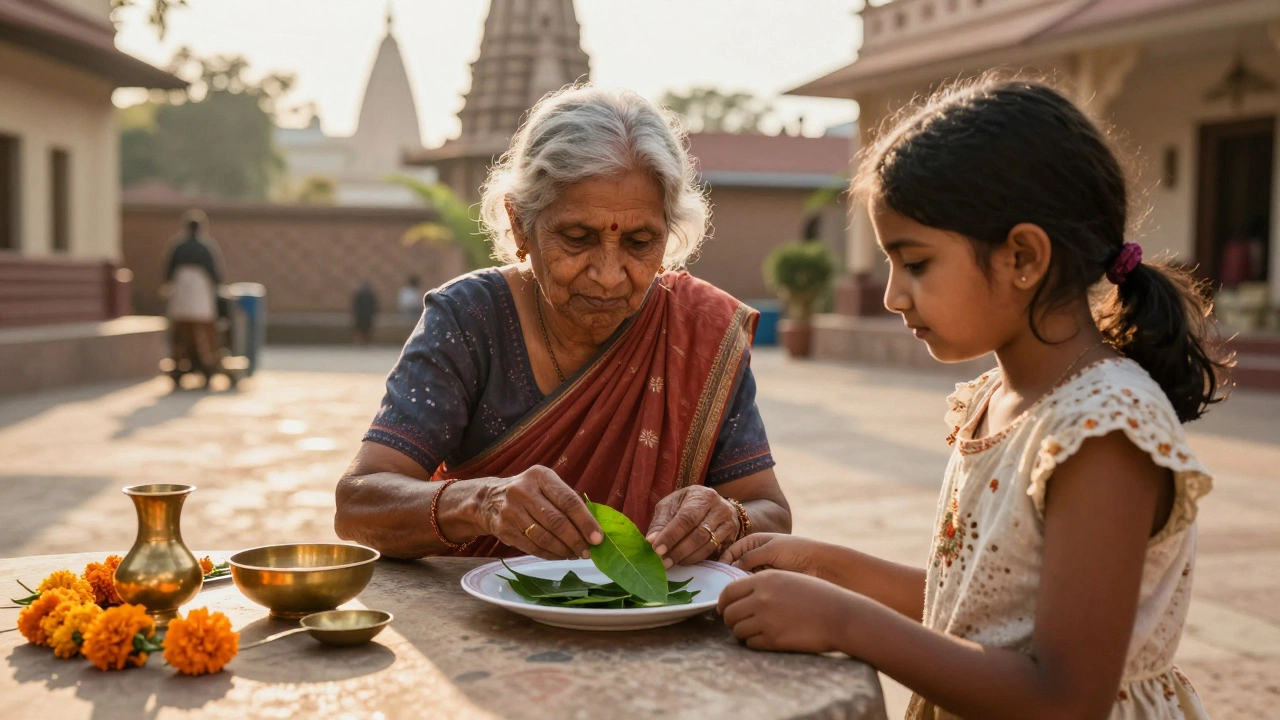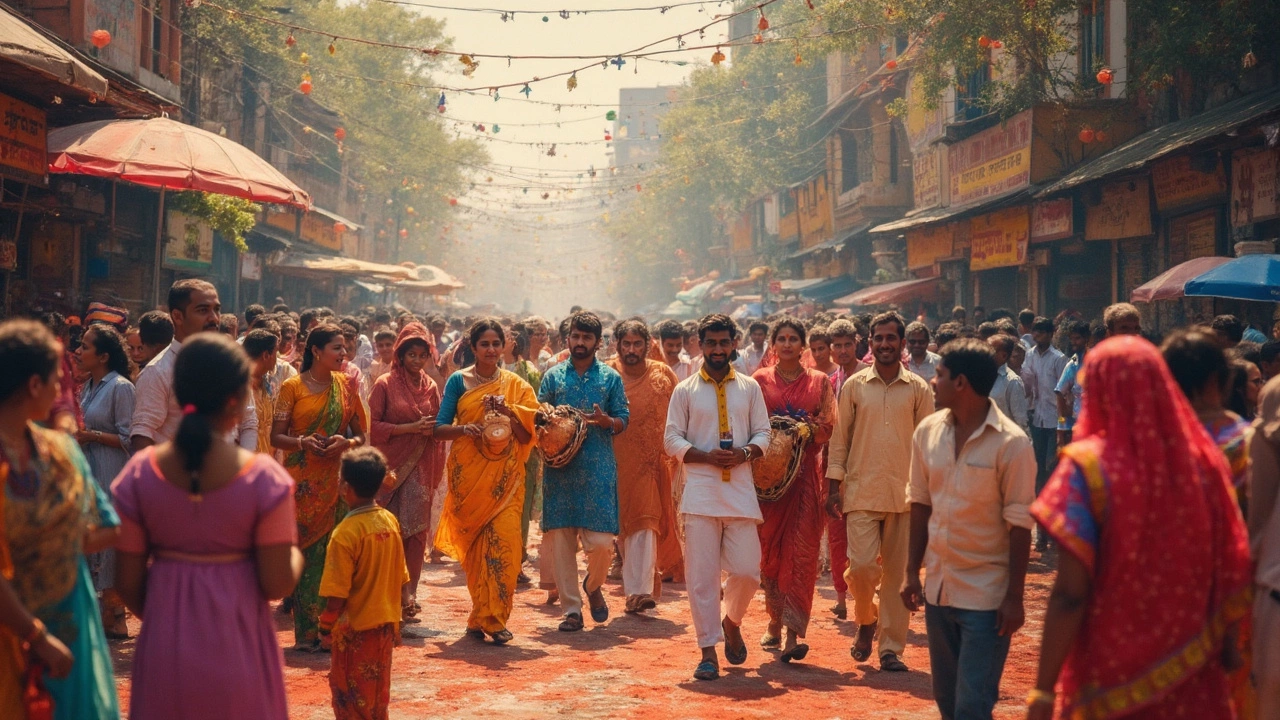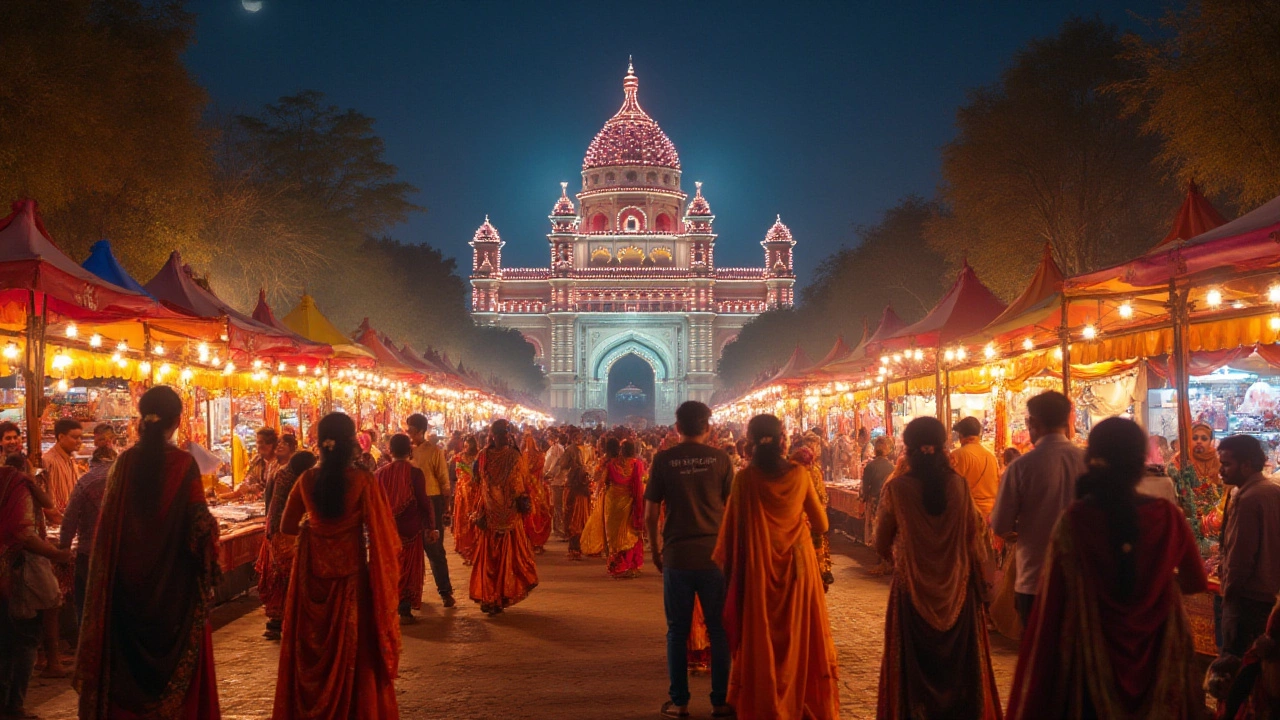Indian Heritage: Traditions, Festivals, and Cultural Roots That Define a Nation
When we talk about Indian heritage, the living, breathing collection of customs, beliefs, arts, and practices passed down through generations across the Indian subcontinent. Also known as South Asian cultural legacy, it’s not frozen in history—it’s active in every Diwali lamp lit, every folk song sung at a village fair, and every Ayurvedic herb ground at dawn. This isn’t a museum exhibit. It’s what your neighbor does every morning, what your cousin dances to at a wedding, and what millions still swear by for health, joy, and connection.
At its core, Indian heritage, the living, breathing collection of customs, beliefs, arts, and practices passed down through generations across the Indian subcontinent. Also known as South Asian cultural legacy, it’s not frozen in history—it’s active in every Diwali lamp lit, every folk song sung at a village fair, and every Ayurvedic herb ground at dawn. This isn’t a museum exhibit. It’s what your neighbor does every morning, what your cousin dances to at a wedding, and what millions still swear by for health, joy, and connection.
Think of Hindu festivals, annual celebrations rooted in myth, season, and community, with Diwali, Holi, and Navaratri as the most widely observed. They’re not just holidays—they’re cultural anchors. Diwali isn’t just lights and sweets; it’s a reset button for households, a time to mend relationships and welcome prosperity. Navaratri stretches over 15 days in some places, turning cities into stages for dance, devotion, and drumming. And in Tamil Nadu, Diwali blends with Karthigai Deepam, where oil lamps glow on rooftops in a quiet, ancient ritual that’s older than most modern cities.
Then there’s Tamil folklore, the oral traditions, myths, and performance arts unique to Tamil Nadu, including Karakattam, Theru Koothu, and the water spirit Jalpari. These aren’t fairy tales for kids. They’re how communities explained the world before textbooks—how rain came, why snakes were respected, how to heal with rhythm. The nonsense singing called bol banao? It’s not random. It’s a coded emotional language passed from mother to child, used in fields, temples, and funerals.
And let’s not forget Ayurveda, a system of holistic health rooted in balancing body, mind, and spirit through diet, herbs, and daily routines. It’s not just turmeric tea. It’s knowing your dosha, eating with the seasons, and waking before sunrise—not because it’s trendy, but because it’s been done this way for over 5,000 years. People swear by it. Others warn of heavy metals in unregulated products. Either way, it’s still part of daily life for millions.
Indian heritage also lives in sound. Indian classical music, the two main traditions—Carnatic from the south and Hindustani from the north—each with distinct ragas, instruments, and spiritual goals. One evolved in temple courtyards with devotion as its guide. The other absorbed Persian influences in royal courts. Both are complex, demanding, and deeply emotional. You don’t just listen—you feel it in your chest.
What you’ll find here isn’t a textbook. It’s real stories from real people. Why do Indian gods have blue skin? What’s the deal with food taboos in different states? How do Tamils celebrate Diwali differently than Punjabis? Why does a folk song without words move people to tears? These aren’t trivia. They’re the threads that hold a culture together.



